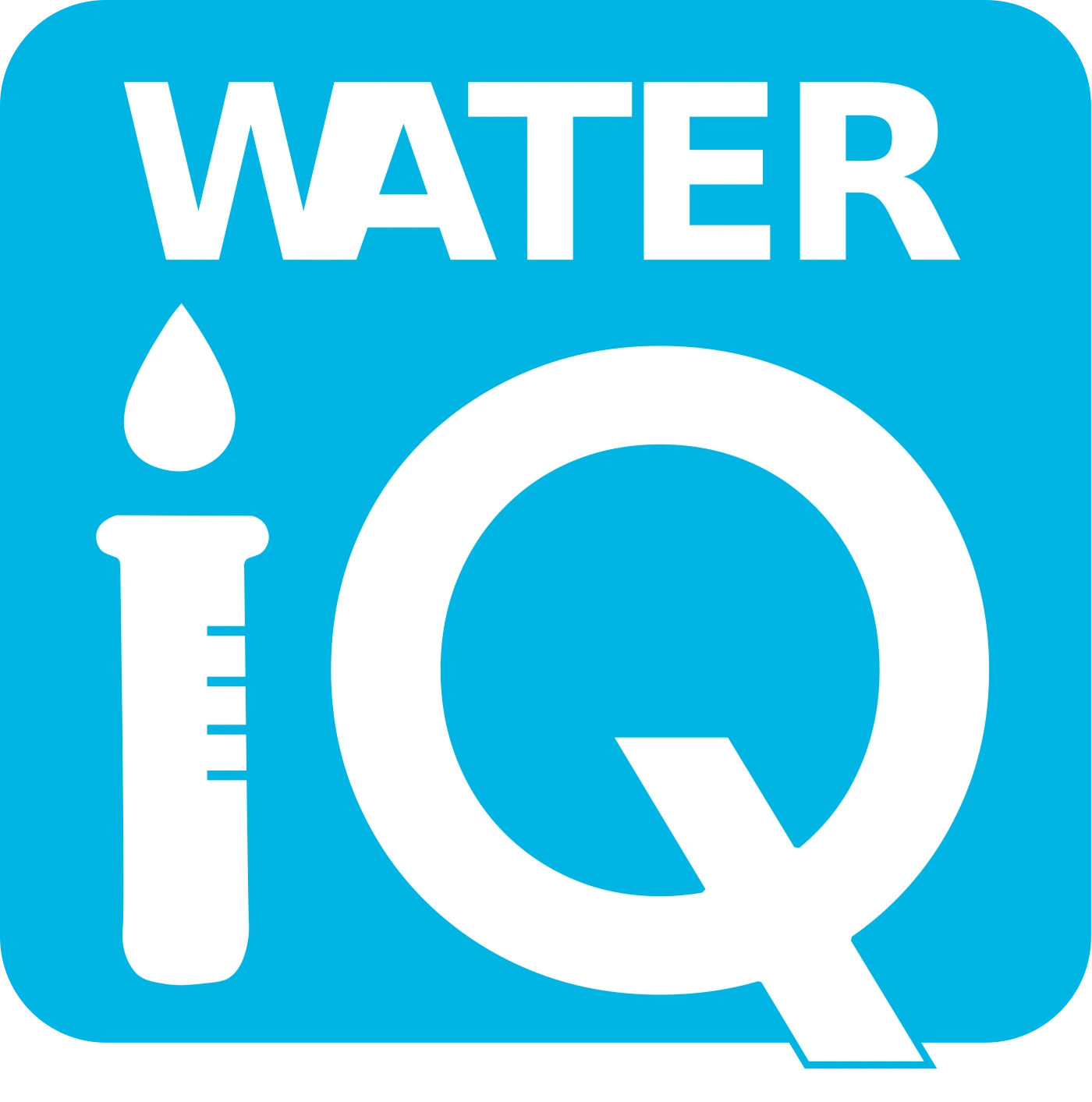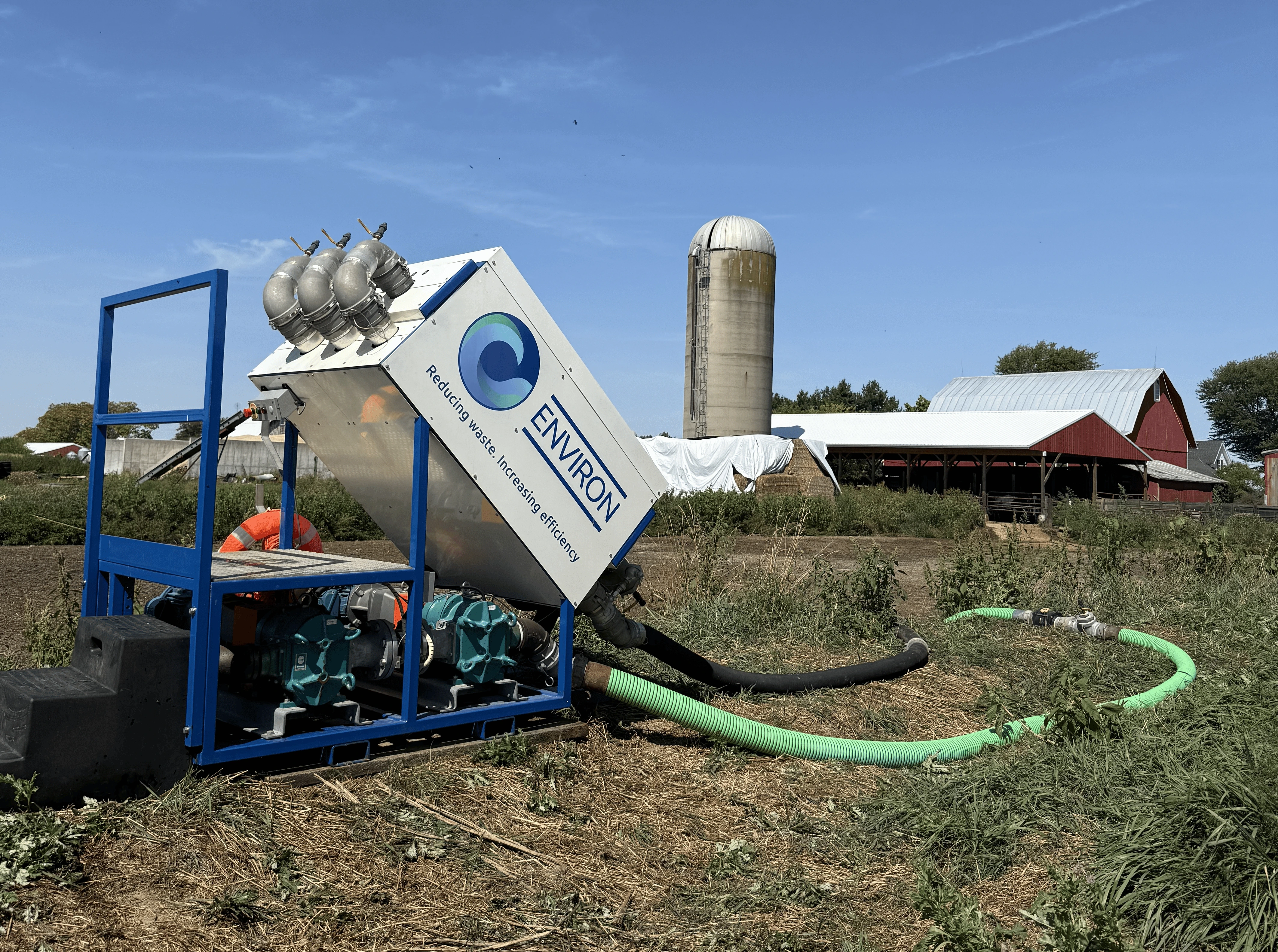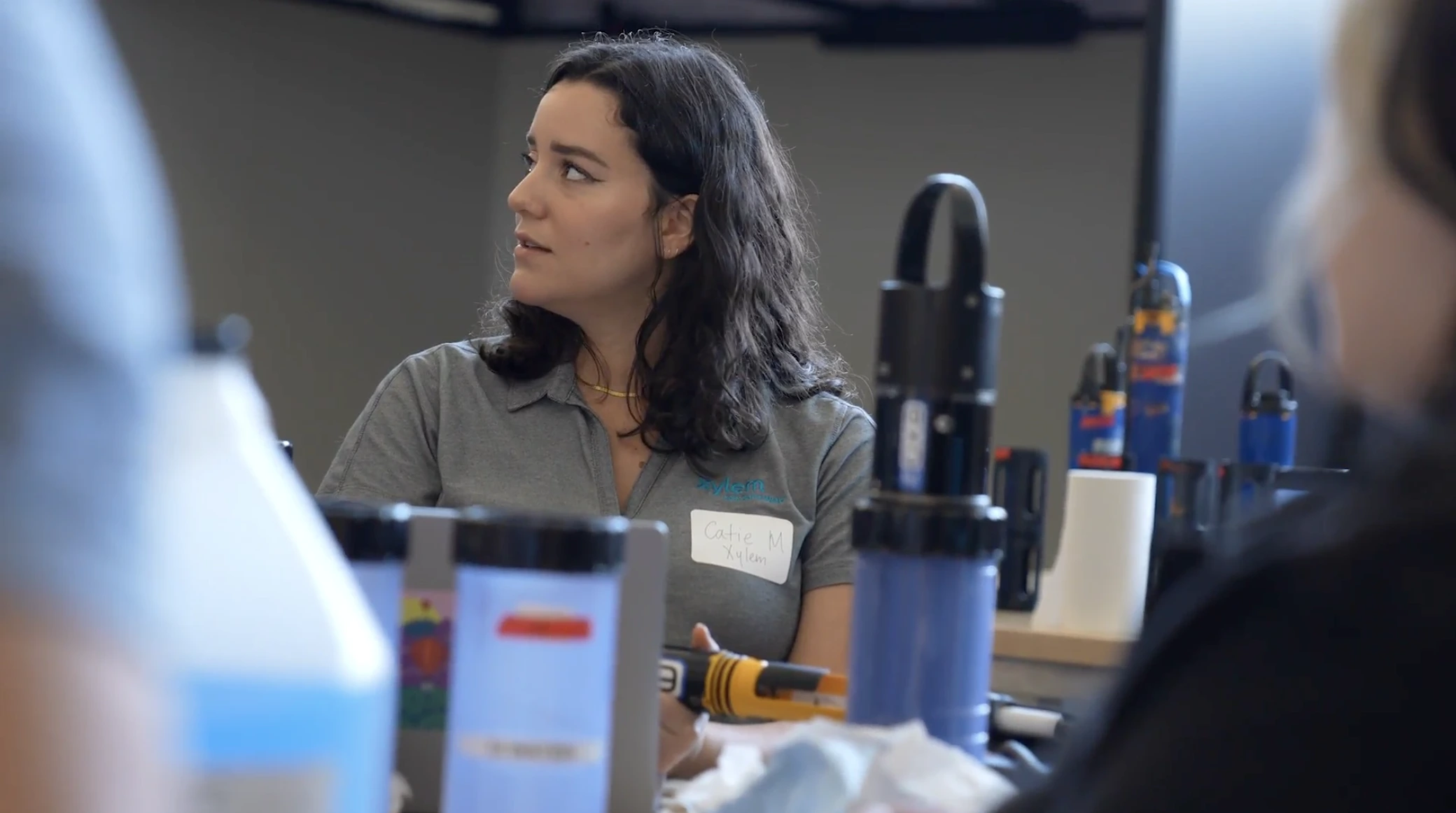Cleveland Water Alliance is working with US EPA, Ohio EPA, and Ohio farmers to pilot a new technology to combat nutrient runoff from animal manure, a key contributor to harmful algal blooms in Lake Erie. This project aims to help farmers save money on waste management, retain valuable nutrients for their soil, and protect our freshwater resources.
Listen to this article
The issue of harmful algal blooms on Lake Erie has become a recurring topic in recent news, but their root cause is often less understood. Agricultural runoff, which introduces excess nutrients into our waterways, is a key factor in their formation. It's a silent threat to our freshwater, and understanding what it is, where it comes from, and how it affects our water is the first step toward a solution.
What is Nutrient Runoff?
Nutrients like nitrogen and phosphorus are the essential building blocks of life. For farmers, these elements are crucial for ensuring healthy and abundant crops. Farmers apply animal manure and other fertilizers to their fields to enrich the soil and provide these vital nutrients, which in turn boosts crop production.
[Callout 1]
While these nutrients are crucial for growing food, an excess can be detrimental to the environment. When heavy rain occurs, these fertilizers can wash off agricultural fields and into our streams, creeks, rivers, and, eventually, Lake Erie. This influx of nutrients into our waterways is what we call nutrient runoff.
The Impact on Lake Erie
The increased levels of nutrients can cause significant problems for Lake Erie and other freshwater bodies including the creation of harmful algal blooms (HABs). In the western basin of Lake Erie, the high concentration of nutrients feeds the growth of cyanobacteria, a type of bacteria that acts like algae. This overgrowth can be toxic and lead to beach closures, increased drinking water treatment costs, and harm to aquatic ecosystems.
[Callout 3]
As the algal blooms move eastward into the central basin of Lake Erie, the cyanobacteria die off and consume massive amounts of oxygen from the water. This creates an area of low oxygen, known as hypoxia or a "dead zone," which impacts local ecology and can cause fish to die. It can also affect drinking water, causing changes in taste, color, and odor, which can lead to a lack of public trust in drinking water infrastructure and utilities.
Monitoring with CWA’s Smart and Connected Network
At Cleveland Water Alliance, one way we're working to address nutrient runoff is by monitoring its effects on the lake and empowering water managers to respond in real time. Our Smart Lake Erie Watershed (SLEW) has hundreds of sensors deployed to monitor for cyanobacteria, which help detect when a bloom is happening. Our sensors also help the region detect, understand, and respond to hypoxia in the central basin.
This real-time data is critical for drinking water utilities, enabling them to make informed decisions about water treatment and implement early warning systems. It also feeds into NOAA models and forecasts, providing a more comprehensive view of the lake's health. By providing these insights, we're helping water managers and other stakeholders address water quality issues as they happen.
The data collected from our sensors not only provides real-time insights to water managers but also serves a dual purpose: accelerating the development of innovative water technology.
Accelerating Innovation in the World's Largest Freshwater Testbed
Beyond operational monitoring, our testbed network is designed to accelerate a wide range of technologies, including those focused on mitigating nutrient runoff. Our world-renowned infrastructure allows companies and startups to trial their solutions in real-world environments. Through partnerships with research institutions and end-users, we provide innovators with direct performance feedback and scientific expertise.
Pilot Project: A New Approach to Combating Nutrient Runoff
Now H2Ohio, Cleveland Water Alliance, and Neundorfer Inc., a Northeast Ohio environmental services company, are testing out an exciting technology that could tackle the nutrient runoff problem at one of its sources: animal manure. The technology, called Electric Cell Lysis, uses shaped electric fields to separate nutrients from manure liquid, offering a new tool for farmers to manage waste and mitigate nutrient pollution. This project, funded by a Great Lakes Restoration Initiative grant through US EPA’s Great Lakes National Program Office and Ohio EPA’s Division of Surface Water, will trial Electric Cell Lysis with three Northwest Ohio farmers to see if it works in the real world.
How the Technology Works
Neundorfer’s Electric Cell Lysis process pumps liquid manure through a system that treats it with a shaped electrical charge. This electrical charge ruptures the cells in the manure, which allows the phosphorus to settle to the bottom of the manure ponds. The liquid can then be pulled from the top and still be used as a soil amendment for agriculture to meet nitrate requirements without exceeding phosphorus limits. The hope is that the accumulated phosphorus at the bottom of the pond can then be harvested in a solid form, making it easier to transport off-site and potentially sold as a soil amendment in a wider geographic area. The technology is also expected to reduce odor and bacteria content, which is a major concern for farmers and their neighbors.
Cleveland Water Alliance is managing this project, which has been trialed on three cattle farms in the Western Lake Erie Basin. The treated manure water is now being transported to Heidelberg University’s National Center for Water Quality Research for lab analysis to validate the technology's effectiveness. The farmers involved in this project will also be providing feedback on the technology's performance and impact on their operations.
A Step Towards Cleaner Water
Agriculture is Ohio’s largest industry, generating over $100 billion annually and employing one in eight Ohioans. Helping farmers do their work better and cheaper while protecting our state’s ecosystems is essential for supporting this vital economic sector. The challenge of nutrient runoff and its impact on Lake Erie's health is a complex issue, but it's one we are actively working to address through collaborative and innovative projects like this one. By supporting the development and testing of new technologies, we can equip farmers with better tools to manage their resources sustainably and protect our valuable freshwater assets. Stay tuned for updates as this project progresses.

Nutrient Runoff: This occurs when excess nutrients from sources like agricultural fertilizers and manure are washed into waterways by rain, over-enriching the water with elements like nitrogen and phosphorus.

Hypoxia: Also known as a "dead zone," hypoxia is an area in a body of water where oxygen levels are too low to support most aquatic life, often caused by the decomposition of large algal blooms.



.svg)




.webp)


